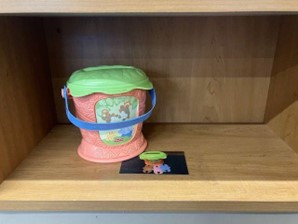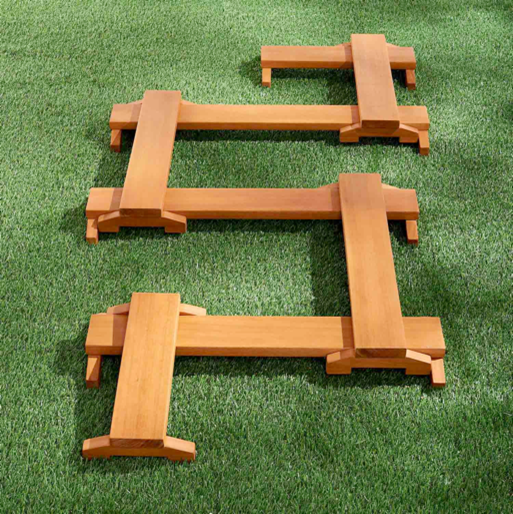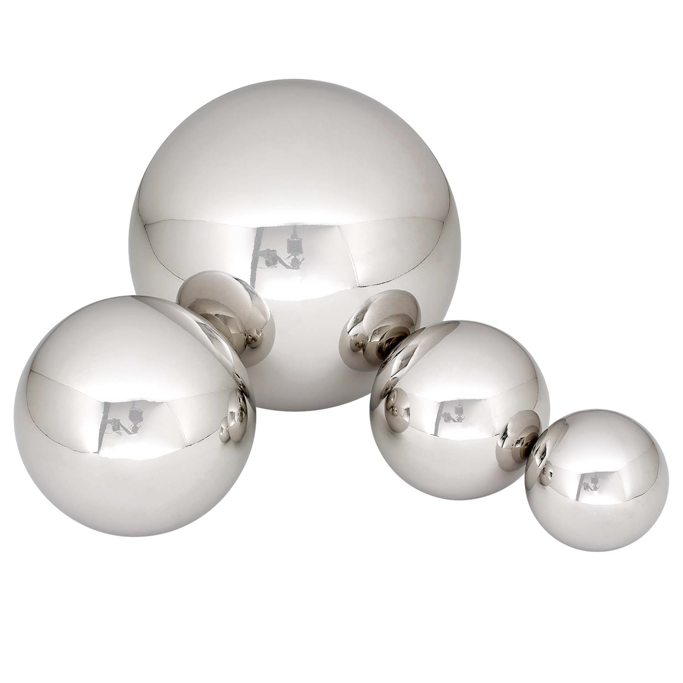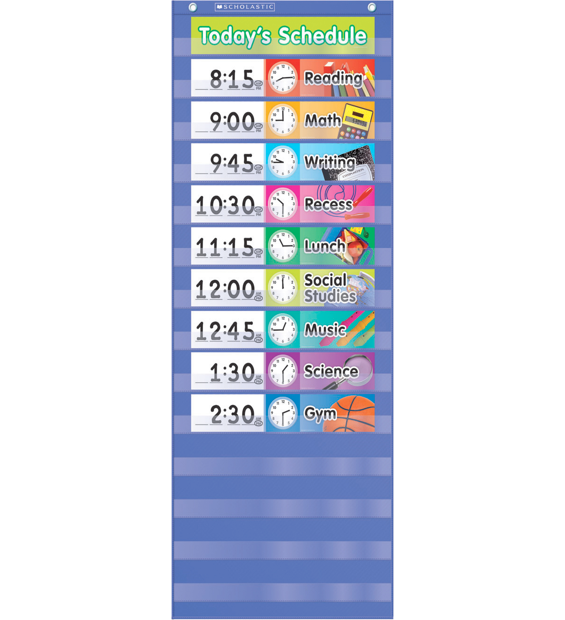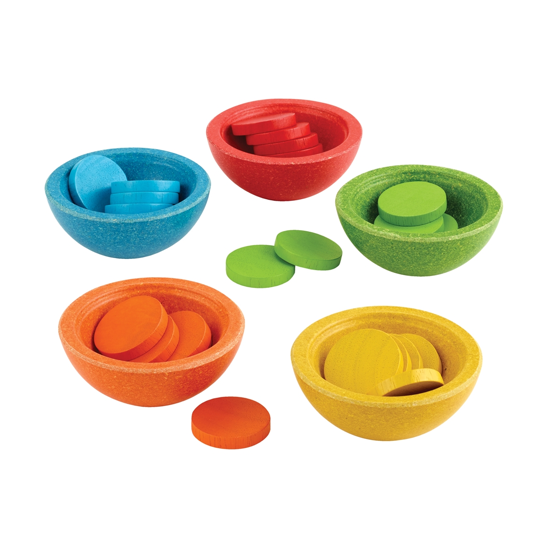Infant/Toddler Early Math Strategies
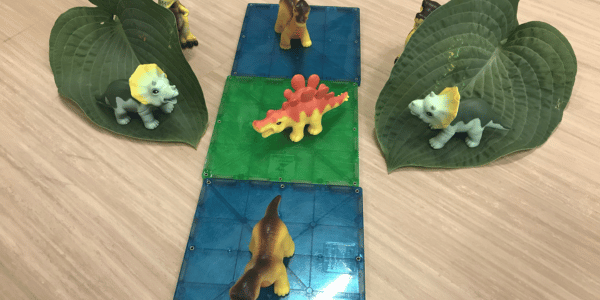
Six Strategies to Reinforce Early Math Skills for Infants and Toddlers
I have been thinking a lot about teaching math to infants and toddlers. As I reflected, I quickly reminded myself that math concepts at this age are not taught, they are experienced.
Here are 6 ways you can support children to experience math concepts naturally throughout the day:
![]() Use picture labels
Use picture labels
Intentionally set up materials on the shelves with picture labels to reinforce 1:1 correspondence.
![]() Count Out Loud
Count Out Loud
Count out loud stairs and objects as children move from one place to another which reinforces numeracy and counting order.
![]() "One More"
"One More"
Serve meal portions in small amounts (while proper portions are available for all children) to reiterate the concept of “one more”.
![]() Measurement Concepts
Measurement Concepts
Offer materials of various sizes / weights in the same basket for exploration to encourage measurement concepts and vocabulary.
![]() First/Then Concepts
First/Then Concepts
Display the routine of the day in a linear fashion to emphasize order and first/then concepts.
![]() Patterning and Symmetry
Patterning and Symmetry
Set up your activities creating invitations to play that visually demonstrate math concepts such as patterning and symmetry.
As you engage in these natural opportunities to foster math skills; use language appropriate for the age you are working with.

For example, introduce patterning by setting up dinosaurs and Translucent KinderMag tiles:
--> Infants and young toddlers - allow them to notice the materials and explore them on their own, the experience and visual impact is enough.
--> Older toddlers and young preschoolers - Say something like, "Look! 3 dinosaurs are on the tiles! Brown, orange, brown." while pointing to them one at a time. Then pause. Wait to see what the child does.
If they repeat what you just said, imitating pointing to the dinosaurs, they might be ready to build upon the pattern and to think about what comes next. If they pick up a dinosaur and start playing on their own, leave it alone. You have planted a seed and for this activity, that’s enough.
There are so many opportunities where math skills can be worked into a child’s day naturally. What ways can you intentionally use your daily routine and activities to reinforce some of these foundational concepts?
 Julie Sizemore is the creator of RESPECT Care Teaching. A wife and mother of two children, she has been in the field of early childhood education since 1999 in many different capacities from home-based childcare, to center based child care, after school programs, home visiting, and a community liaison. Currently, she works full time as a lab instructor at the Phyllis Fratzke Early Childhood Learning Laboratory (ECLL) on campus at Grand Rapids Community College, working in the 0-3 Early Head Start Classroom. In the evening and on weekends, she provides in person and online training focused on infants and toddlers for the early childhood community. Julie is a fierce advocate for treating infants and toddlers with respect and educating people on developmentally appropriate practices.
Julie Sizemore is the creator of RESPECT Care Teaching. A wife and mother of two children, she has been in the field of early childhood education since 1999 in many different capacities from home-based childcare, to center based child care, after school programs, home visiting, and a community liaison. Currently, she works full time as a lab instructor at the Phyllis Fratzke Early Childhood Learning Laboratory (ECLL) on campus at Grand Rapids Community College, working in the 0-3 Early Head Start Classroom. In the evening and on weekends, she provides in person and online training focused on infants and toddlers for the early childhood community. Julie is a fierce advocate for treating infants and toddlers with respect and educating people on developmentally appropriate practices.

